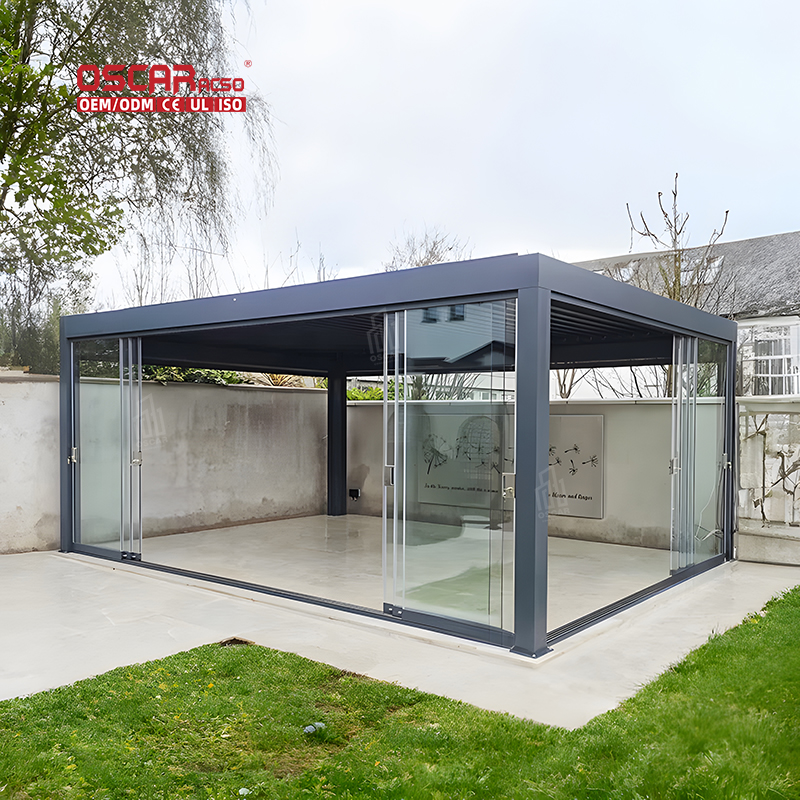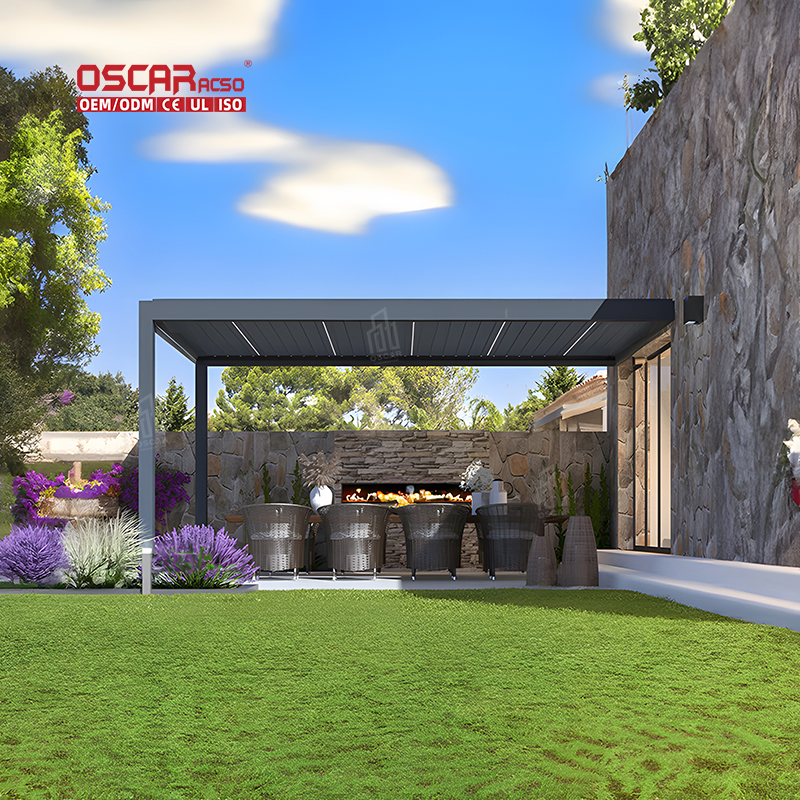Pergola Lifespan, Unlock Decades of Outdoor Enjoyment with These Secrets
✨ Imagine a beautiful pergola in your backyard—a perfect spot for summer gatherings, quiet mornings, and enjoying nature...
✨ Imagine a beautiful pergola in your backyard—a perfect spot for summer gatherings, quiet mornings, and enjoying nature. But how long can you expect this beloved structure to last? The answer isn’t a simple number. A well-built and properly maintained pergola can serve your outdoor space for 10 to 30 years, or even longer. This wide range depends on several key factors, from the material you choose to the very climate you live in. Understanding these elements is the first step to ensuring your pergola remains a sturdy and charming part of your home for decades.
.jpg)
🌳 Material Matters Most
The choice of material is arguably the single biggest factor determining your pergola’s lifespan. Each option offers a unique blend of durability, aesthetics, and maintenance needs.
- •
Wood (Cedar & Redwood): A classic favorite. Western Red Cedar is renowned for its natural resistance to decay and insects, thanks to its protective oils. With proper care, a cedar pergola can beautifully grace your garden for 15 to 30 years. Pressure-treated pine is a more affordable option but may only last about half as long as cedar if not meticulously maintained.
- •
Aluminum: The low-maintenance champion. Modern powder-coated or PVDF-finished aluminum pergolas are built to withstand the elements without warping, cracking, or rusting. They often come with impressive warranties—sometimes up to 10 years on the finish—and can easily last for decades with minimal upkeep.
- •
Composite: These materials blend wood fibers with plastics, aiming to mimic the look of wood while offering enhanced durability and resistance to rot and insects. They are a strong contender for those seeking a wood-like appearance with less maintenance.
🌤️ Environment & Climate Impact
Your local weather plays a huge role in how your pergola ages. The same structure will face different challenges in Arizona than it would in Florida.
- •
Sun & Heat: Intense UV rays can cause wood to dry out, fade, and crack over time. In very sunny climates, a protective finish with UV inhibitors is non-negotiable for wooden structures.
- •
Moisture & Humidity: Consistent dampness, high humidity, and heavy rain are the enemies of wood, promoting rot, mold, and mildew. Proper drainage and water-repellent sealants are essential defenses.
.jpg)
- •
Snow & Wind: Regions with heavy snowfall require a structure strong enough to bear the weight without straining. Similarly, areas prone to high winds need a pergola that’s securely anchored. Many modern aluminum pergolas are rated to withstand winds of 180 km/h or more when their louvers are closed.
🛠️ Maintenance: The Key to Longevity
Regular maintenance is the secret to maximizing your pergola’s lifespan. Neglect is what turns a 30-year structure into a 10-year one.
- •
For Wooden Pergolas:

- •
Annual Inspections: Check for signs of wear like cracking, warping, or discoloration.
- •
Cleaning: Gently clean the surface to remove dirt, debris, and organic growth. A low-pressure wash can be effective if done carefully.
- •
Protective Finishes: Applying a high-quality sealant, stain, or paint every 2-3 years is crucial. This barrier protects against moisture and UV damage.
- •
- •
For Aluminum Pergolas: Maintenance is far simpler. Usually, just occasional cleaning with soap and water is needed to keep it looking new.
📐 Quality of Installation & Design
A pergola’s longevity starts with how it’s built. Poor installation can doom even the best materials.
- •
Solid Foundation: The structure must be installed on a level and stable base to prevent shifting or settling over time.
- •
Proper Drainage: The design should encourage water to run off, not pool. Trapped water is a primary cause of wood rot.
- •
Corrosion-Resistant Hardware: Using stainless steel or other rust-proof fasteners prevents weakening and unsightly stains.
- •
Thoughtful Placement: Avoid installing your pergola directly under dripping trees or in low spots where water gathers.
⚠️ Recognizing When It’s Time for a Change
Even with great care, everything has a lifespan. Watch for these signs that your pergola might need significant attention or replacement:
- •
Structural Instability: Noticeable sagging, wobbling, or loosening of joints that can’t be easily repaired.
- •
Extensive Wood Rot: Soft, spongy wood or widespread fungal growth that compromises the integrity of the beams and posts.
- •
Severe Pest Damage: Evidence of termites or carpenter ants that has caused substantial weakening.

- •
Persistent Issues: Problems that recur soon after repairs, indicating the structure is beyond its service life.
If you see these signs, it may be safer and more cost-effective to plan for a replacement.
🔄 Boosting Lifespan with Smart Choices
A few proactive decisions can add years to your pergola’s life.
- •
Invest in Quality: Choosing higher-grade materials (like ‘clear heart’ cedar) might cost more upfront but pays off in durability and longevity.
- •
Add Protective Features: Consider integrating a retractable canopy or louvered roof for extra protection from rain and sun.
- •
Use Landscaping: Strategic planting can provide shade from harsh sun and act as a windbreak. Just ensure plants don’t trap moisture directly against the wood.
- •
Seasonal Care: Adapt your maintenance to the time of year. Clear fallen leaves in autumn to prevent moisture buildup, and remove heavy snow in winter to reduce stress on the structure.
.jpg)
Your pergola is more than just a structure; it’s an investment in your quality of life outdoors. By choosing the right material for your environment and committing to its care, you’re not just preserving wood and metal—you’re safeguarding countless future memories. The longest-lasting pergolas are those that are truly loved and looked after.

